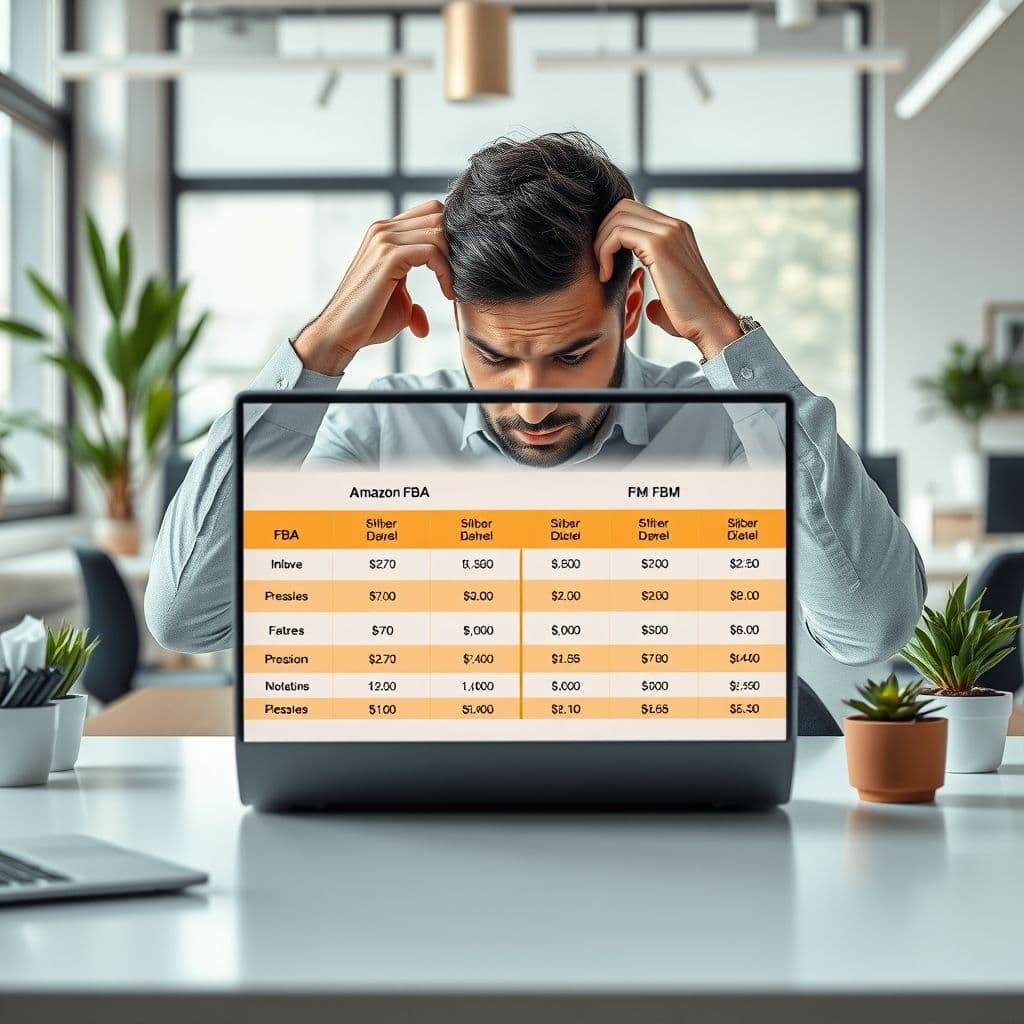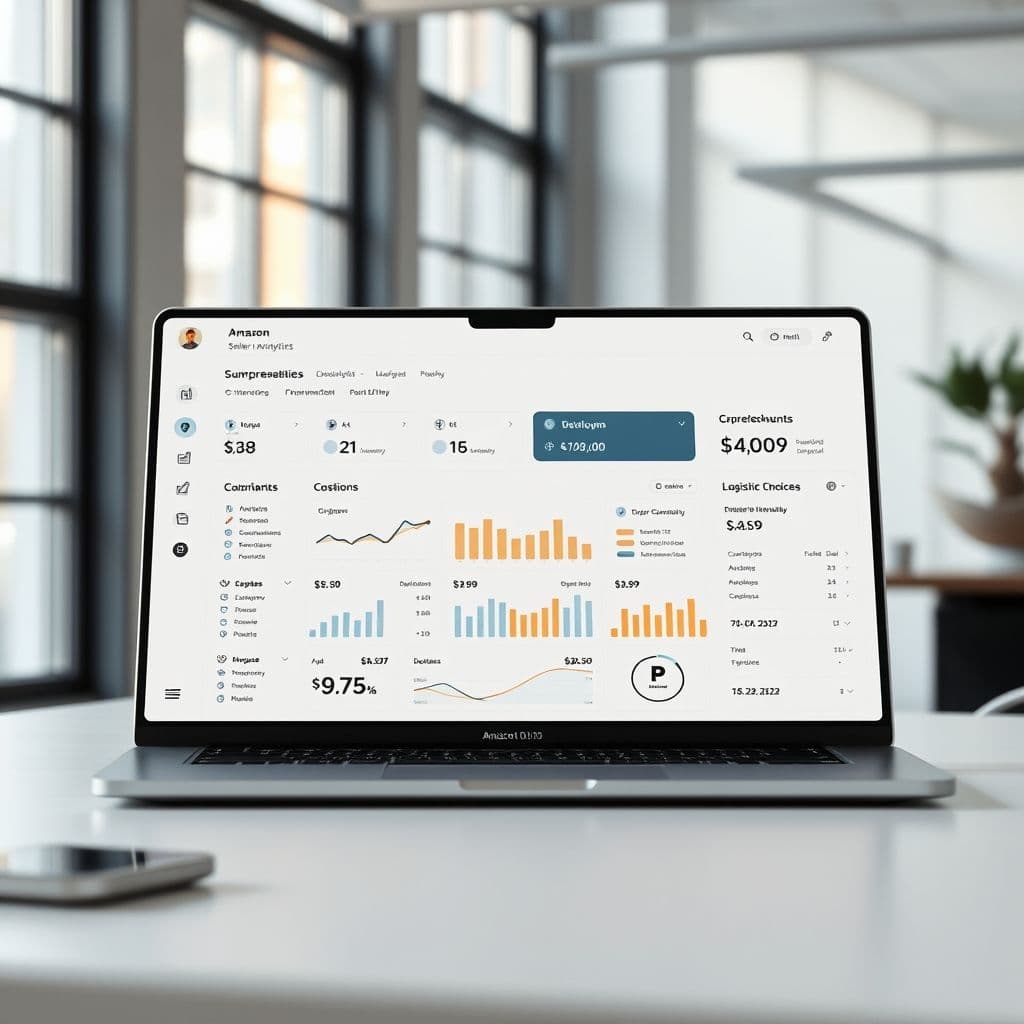The Hidden Costs of Selling on Amazon and How a SaaS Solution Could Help

Selling on Amazon seems like a golden opportunity until you encounter the maze of fees, logistics, and legal requirements. Many new sellers are caught off guard by the hidden costs and complexities, leading to frustration and lost profits. But what if there was a SaaS solution designed to guide sellers through these challenges?
The Problem: Amazon Seller Challenges
New Amazon sellers often face a steep learning curve. The platform's fee structure is complex, with commissions, logistics costs, and taxes eating into profits. Sellers must navigate between FBA (Fulfillment by Amazon) and FBM (Fulfillment by Merchant), each with its own set of challenges. FBA offers convenience but comes with storage fees and strict requirements, while FBM puts the burden of logistics entirely on the seller.
Beyond fees, sellers struggle with legal requirements, such as tax registration and privacy policies. Many are unsure about the initial investment needed or whether selling on Amazon is truly profitable. The lack of clear, centralized information leaves sellers feeling overwhelmed and uncertain.

Idea of SaaS: A Comprehensive Seller Support Platform
Imagine a SaaS platform designed specifically for Amazon sellers, offering step-by-step guides, cost calculators, and legal support. This tool could break down the true cost of selling on Amazon, helping sellers choose between FBA and FBM based on their products and business goals. It could also provide templates for privacy policies and tax registration, simplifying the legal hurdles.
Key features might include a fee calculator to predict profits, a logistics planner to compare FBA and FBM costs, and a dashboard to track performance metrics. The platform could also offer community support, connecting new sellers with experienced ones for advice and mentorship.

Potential Use Cases
A small business owner launching their first product on Amazon could use the platform to estimate fees and choose the best fulfillment option. An experienced seller expanding into new markets might rely on the legal templates to ensure compliance. Even part-time sellers could benefit from the community features, gaining insights from peers without spending hours on research.
Conclusion
Selling on Amazon doesn't have to be a guessing game. A dedicated SaaS platform could empower sellers with the tools and knowledge they need to navigate the platform's complexities and maximize their profits. While this idea is still hypothetical, it addresses a clear pain point in the e-commerce space.
Frequently Asked Questions
- How much does it really cost to start selling on Amazon?
- Costs vary based on factors like product type, fulfillment method, and storage needs. A SaaS tool could provide personalized estimates to help sellers budget effectively.
- Is Amazon FBA or FBM better for new sellers?
- It depends on your products and resources. FBA is easier but more expensive, while FBM gives you control but requires handling logistics. A SaaS platform could compare both options for your specific situation.
- Can a SaaS tool really help with legal requirements like tax registration?
- While not a substitute for professional advice, a SaaS platform could provide templates, checklists, and guidance to simplify the process and reduce errors.


